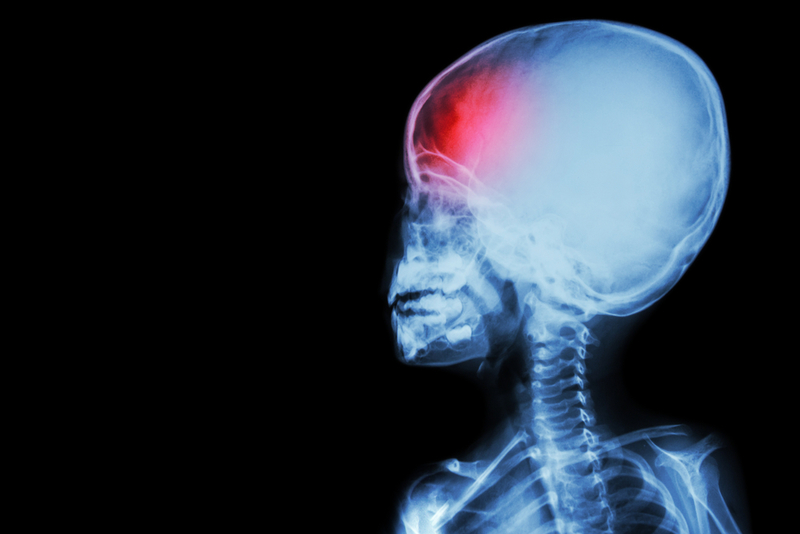Study develops new approach to diagnosing head injuries in children
Children’s Hospital of Eastern Ontario News Jul 11, 2018

A CHEO Research Institute-led research team has developed an improved way of determining whether children with head injuries need a CT scan to detect those with bleeding inside the head that may require surgical intervention. Building off the CATCH rule that was developed in 2010, the refined CATCH2 rule gives a standardized approach that informs physicians of those children at high risk for needing neurosurgical intervention when a child or young person suffers a head injury. Multicenter prospective validation and refinement of a clinical decision rule for the use of CT in children with minor head injury in the emergency department was published today in the Canadian Medical Association Journal (CMAJ).
“Thousands of children arrive each day to emergency departments across Canada with head injury. Most are mild, but a few may be life-threatening,” says Dr. Martin Osmond, CEO and Scientific Director of the CHEO Research Institute, Professor of Pediatrics at University of Ottawa, and lead author of the paper. “We don’t want to do CT scans on all children as this will expose too many young children to radiation. By using the CATCH2 rule, physicians are better informed of those at high risk for bleeding inside the head and this can assist them in determining who requires a prompt CT scan or close observation. It can also lessen anxiety for families of children whose injuries are determined to be less severe and can leave the emergency department sooner.”
The CATCH2 rule is a series of eight simple variables that clinicians can use to help determine the appropriate course of investigation—whether to order a CT scan or not. It’s a tool that ensures consistency in approach for physicians regardless of level of experience or location of practice. There is increased attention about the risks of head injury for young people, thanks in large part to family and friends of Rowan Stringer and the passing of Rowan’s Law in Ontario this past March. The CATCH2 rule improves how physicians determine the right investigation for children with head injuries.
Nine Canadian pediatric teaching hospitals were involved in the study, enrolling more than 4,000 children, from newborns to 16-year-olds, when they visited the emergency department with acute head injury. Physicians assessed the variables on history and physical exam used in the CATCH2 rule prior to ordering investigations. The rule was extremely sensitive in determining which children would need a CT scan to find bleeding inside the head and those requiring neurosurgical intervention.
“During our study we found that the rule was both reliable and very acceptable to Canadian physicians who were comfortable using it to assess children with head injuries,” says Osmond, an Emergency Physician at CHEO. “We are grateful to the children, families, physicians, and hospital staff who helped us create this tool that will improve patient care across Canada.”
-
Exclusive Write-ups & Webinars by KOLs
-
Daily Quiz by specialty
-
Paid Market Research Surveys
-
Case discussions, News & Journals' summaries